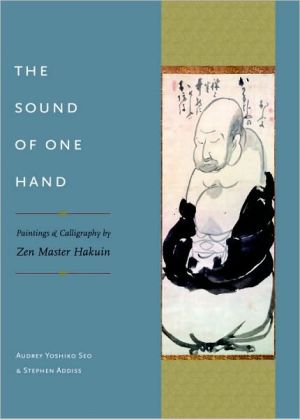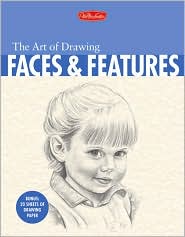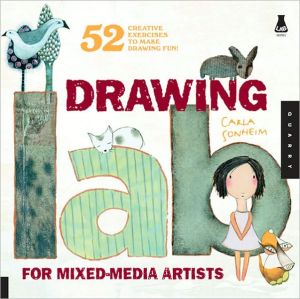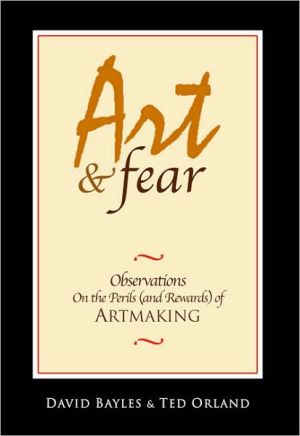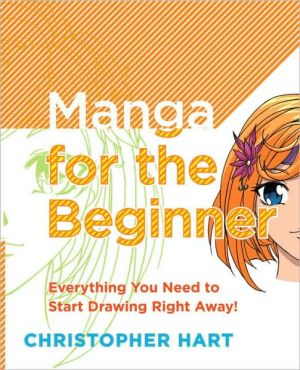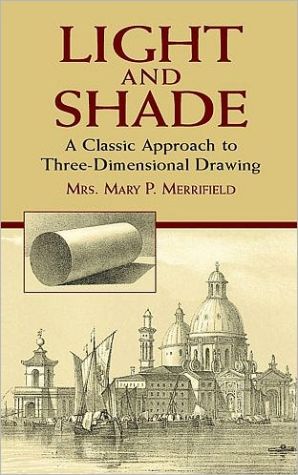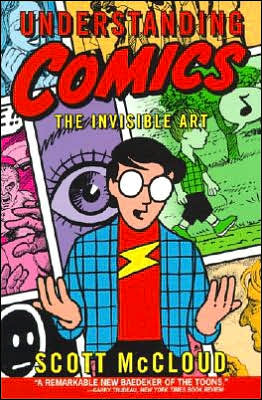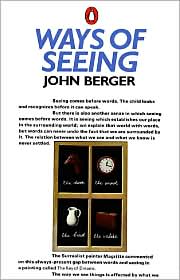The Sound of One Hand: Paintings and Calligraphy by Zen Master Hakuin
Hakuin Ekaku (1685–1768) is one of the most influential figures in the history of Zen. He can be considered the founder of the modern Japanese Rinzai tradition, for which he famously emphasized the importance of koan practice in awakening, and he revitalized the monastic life of his day. But his teaching was by no means limited to monastery or temple. Hakuin was the quintessential Zen master of the people, renowned for taking his teaching to all parts of society, to people in every walk of...
Search in google:
Hakuin Ekaku (1685–1768) is one of the most influential figures in the history of Zen. He can be considered the founder of the modern Japanese Rinzai tradition, for which he famously emphasized the importance of koan practice in awakening, and he revitalized the monastic life of his day. But his teaching was by no means limited to monastery or temple. Hakuin was the quintessential Zen master of the people, renowned for taking his teaching to all parts of society, to people in every walk of life, and his painting and calligraphy were particularly powerful vehicles for that teaching. Using traditional Buddhist images and sayings—but also themes from folklore and daily life—Hakuin created a new visual language for Zen: profound, whimsical, and unlike anything that came before. In his long life, Hakuin created many thousands of paintings and calligraphies. This art, combined with his voluminous writings, stands as a monument to his teaching, revealing why he is the most important Zen master of the past five hundred years. The Sound of One Hand is a study of Hakuin and his enduringly appealing art, illustrated with a wealth of examples of his work, both familiar pieces like “Three Blind Men on a Bridge” as well as lesser known masterworks.Library JournalHakuin, who lived from 1685 or 1686 to 1768 or 1769, is best known in the West for the koan, "What is the sound of one hand clapping?" He is also venerated as the true reviver of Zen in Japan, in part because of his devotion to meditation on koans, which separate the viewer from conventional interpretation and ideally bring the Buddhist closer to true insight. This marvelous book is a study of this renowned master's paintings and calligraphy by Seo (Japanese art & culture, Coll. of William and Mary) and Addiss (Tucker-Boatwright Professor in the Humanities: Art, Univ. of Richmond). Hakuin's art is deceptive: at times simple and almost childlike, it has the simplicity possible only to a true master; notable, too, is the sense of sheer joy that runs through his sketches of Zen monks and folk deities. VERDICT Seo and Addiss's perceptive and informed commentary round out a volume of pricelessly charming and inspiring images from a Zen master of the 18th century. This volume will be of interest to Zen practitioners, artists, and aficionados of Asian arts and culture; it's also a must for academic libraries.—Graham Christian, formerly Andover-Harvard Theological Lib., Cambridge, MA
\ Library JournalHakuin, who lived from 1685 or 1686 to 1768 or 1769, is best known in the West for the koan, "What is the sound of one hand clapping?" He is also venerated as the true reviver of Zen in Japan, in part because of his devotion to meditation on koans, which separate the viewer from conventional interpretation and ideally bring the Buddhist closer to true insight. This marvelous book is a study of this renowned master's paintings and calligraphy by Seo (Japanese art & culture, Coll. of William and Mary) and Addiss (Tucker-Boatwright Professor in the Humanities: Art, Univ. of Richmond). Hakuin's art is deceptive: at times simple and almost childlike, it has the simplicity possible only to a true master; notable, too, is the sense of sheer joy that runs through his sketches of Zen monks and folk deities. VERDICT Seo and Addiss's perceptive and informed commentary round out a volume of pricelessly charming and inspiring images from a Zen master of the 18th century. This volume will be of interest to Zen practitioners, artists, and aficionados of Asian arts and culture; it's also a must for academic libraries.—Graham Christian, formerly Andover-Harvard Theological Lib., Cambridge, MA\ \
